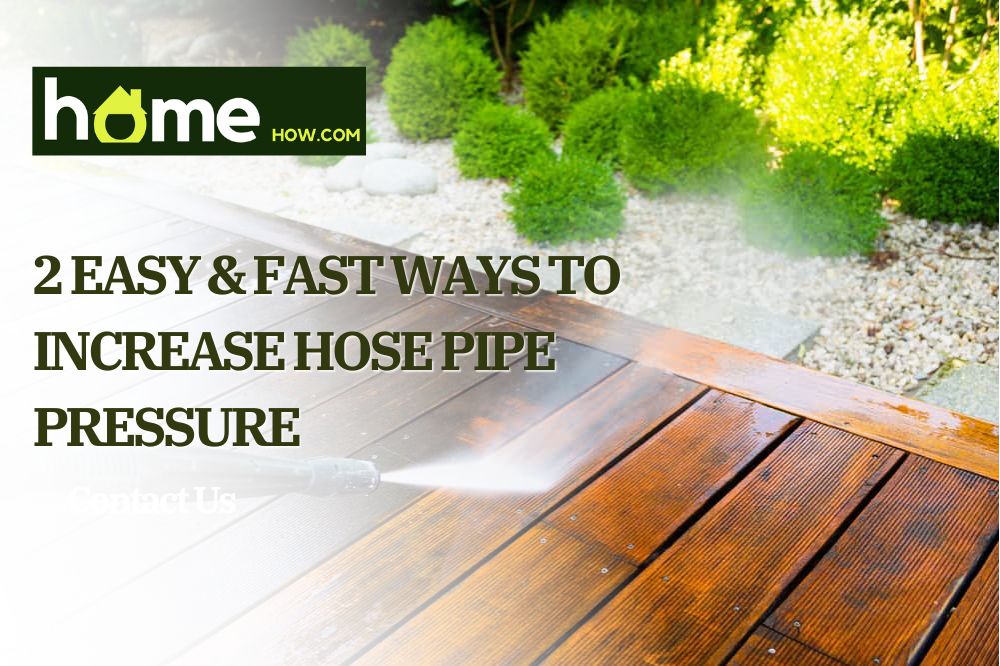Water is a necessity when cleaning anything in your home. So every house has faucets and water supply pipes that run through every room in the house. But what happens when you need water outside the house? You might need a water supply outside your home for various reasons a bucket cannot fulfill. Gardening and cleaning large areas are some of the reasons you should get outside faucets. And mostly, a hose pipe has proven to be the perfect solution for outdoor water supply. But sometimes a hose may cease to have good pressure to make your work outside easier.
Have you been focusing on increasing the water pressure inside the home alone? Well, that may be because your hose pipe works fine, and you do not need water so much outside. And it may also be because you have no idea it can be done or how to do it. Whatever questions you have regarding increasing hose pipe pressure, this article answers them with an essential guide on how to improve hose pipe pressure.
Fortunately, increasing hose pipe pressure is easy; most times, the reason for the low pressure lies within the hose pipe. And other times, it may require a little push with the aid of a nozzle or pressure booster to get it to its full power.
How to increase hose pipe pressure
There are two main methods of increasing hose pipe pressure, and from what we’ve already said, you may be able to deduce it. The first method is checking the hose for possible problems like leaks, and the second is by boosting the hose pressure using specific tools. This is a step-by-step guide through the process of increasing your hose pipe water pressure:
Method one: Inspect and correct hose problems
You should try this method first before going on to the next. Then, if perhaps you find a problem with the hose, you’ll likely not need to boost its water pressure.
- Examine the hose for leaks
If your hose has been working fine before with reasonably good water pressure and suddenly dropped, a leaking hose might be the problem. It’s one of the most common issues with hose pipes, ultimately resulting in low water pressure. To find out if this is your issue, lay the hose flat on the ground while the water supply is turned on. Then, inspect it carefully for any spots where the pipe might be leaking; note that the leaks may be coming from tiny holes, and you may not see them by casually gazing up and down the pipe, so get down and look carefully. If you catch on a leak, repair it immediately with a rubber patching kit.
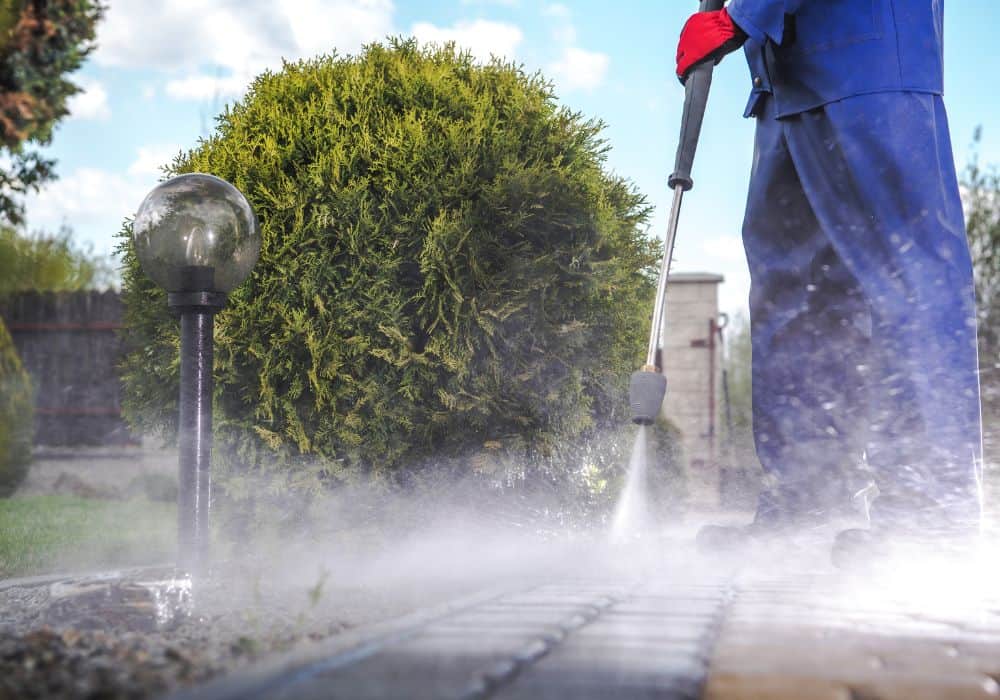
- Confirm the hose’s connection to the spigot and nozzle
An error in the hose’s connection can result in low water pressure. First, check the nozzle for any leaks in its connection. Then, proceed to the connection between the hose and the spigot. If you find any leaks or loose connections, tighten them immediately.
Inspect other connections your hose may be attached to, like splitters, and tighten them. Also, turn off the water supply and loosen the spigot and nozzle, then screw them back; this will help to reduce blockages or build-ups in the hose and reaffirm the state of their connection. However, if the spigot is corroded, this technique will be inefficient, and you will need to buy a replacement to get the water pressure back to normal.
- Check the main water valve
This may seem like a regular thing, but sometimes, water pressure doesn’t reach full force if the valve is not turned on fully. It is a mistake that is often made when turning on turning on the valve. So, check if the main water valve is turned on properly before you make conclusions.
- Ensure there are no twists in the hose
A twisted hose will resist the free flow of water; this may occur while you’re using it. So if the water pressure drops while in use, stop working, check through the hose length for any bunch-up spots or twists and smoothen them out. If the hose is rolled up on a reel, check if it is rolled up correctly and straighten any bends.
- Clean the hose
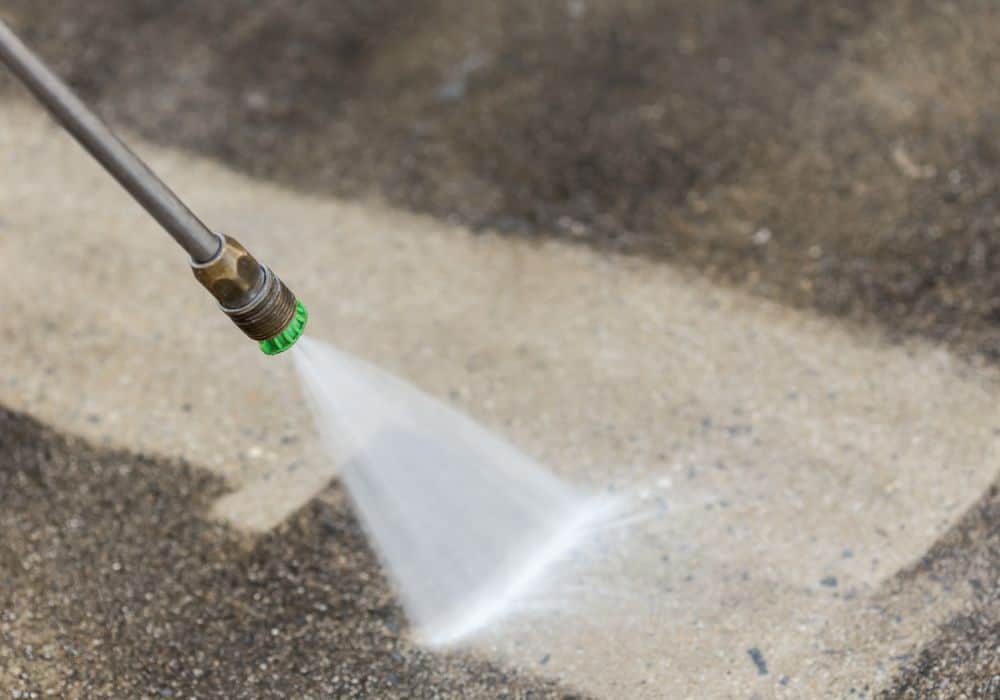
Sometimes, dirt build-up reduces the water pressure in the hose, causing water to be suppressed. So, if you’ve taken all the measures above and the water pressure is not improved, you should clean the hose pipe. To do this, get a bucket of water and add 1/4 cup of bleach. Next, coil the hose and drown it in the bucket of water; leave it there for up to 8 hours. After the time is complete, submerge it in plain water for another hour. Then remove it and put it back in its place.
Pro tip: do this every year at the beginning of spring to remove all clogged dirt in the hose from its inactivity in winter.
Method Two: Improve hose water pressure
This method is for those that have completed the first and had no progress in getting the water pressure issue fixed or those that are certain they’ve fulfilled all the requirements of the previous steps. Are you in this category? Then let’s find out what other alternatives you have.
- Measure the water pressure
Use a test gauge to measure the current water pressure in your home. You can get a test gauge from any hardware store close to you. First, switch off all water faucets in your home, then locate the main water supply. After that, attach a pressure gauge to the nozzle on your main water supply and turn the nozzle’s valve counterclockwise. Once this is done, check the reading from the pressure gauge to know your water pressure measurement.
Home water pressure typically ranges from 40 to 60 psi, with an optimal 45 to 55 psi range. If your household water pressure is below this threshold, then this is the root of your hose issue.
- Increase the water pressure
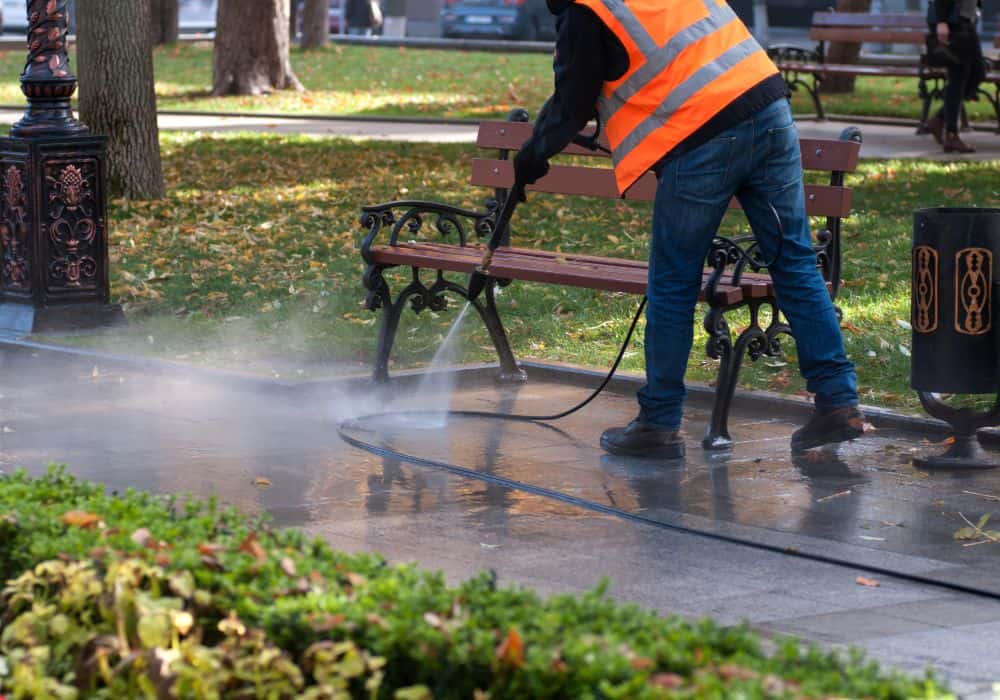
After you’ve diagnosed the problem, the next thing is to make efforts to solve it. One of the ways to do this is by adjusting the water pressure regulator valve. A pressure-reducing valve (PRV) on your main water supply, which is next to the water meter, regulates the water supply into your house. You can use a wrench to raise the water pressure by turning the PRV’s bolt clockwise. While turning, constantly check if you’ve increased the pressure enough; keep turning until you’ve reached the pressure you want.
Pro tip: in place of bolts, some PVI has screws so that you can use a screwdriver instead of a wrench. Also, do not increase the water pressure higher than 60 psi as the water pipes cannot tolerate too much pressure.
- Boost water pressure with a high-powered nozzle
If after checking your water pressure level, you find that it’s normal, there are other ways to boost your hose pipe pressure. An effective method is using a high-powered nozzle to increase water output significantly. You could get one from any hardware store near you.
- Install a water pump
A water pump is a sure alternative to a powered nozzle. Install the pump into the end of the hose pipe and plug it into a power outlet. The pump automatically causes a more substantial water pressure. You can also install a water pump in the main water supply to increase the overall water pressure in your home.
Pro tip: water pumps differ in price according to their types; check out the varieties and find the one most suitable for you.
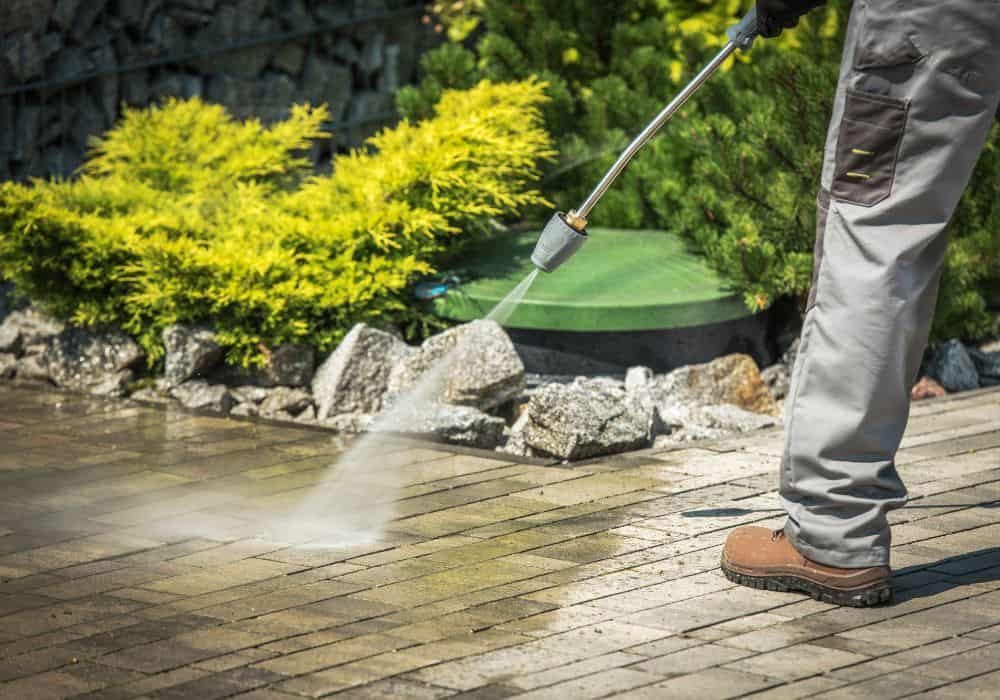
- Change the hose pipe size
A shorter and broader hose will increase the water pressure as there will be no resistance if the water doesn’t have to flow through a long hose. For example, if your outdoor faucet’s initial water pressure is 30 PSI when the pressure reaches the end of the hose, it will be reduced to 17 PSI by using a 1/2′′ 100 ft pipe. Likewise, there will be 29 PSI at the end of a hose that is 50 feet long and 3/4′′ broad, roughly a 60% increase in pressure.
- Call a plumber
If you’ve tried all the methods and steps above, and none worked, you might want to contact a plumber to help in resolving the issue. After all, your household water supply system may be having some problems, which explains the low water pressure in the hose pipe. An expert’s advice will also be helpful in avoiding such problems again in the future.
Conclusion
Low water pressure makes tasks less comfortable and more strenuous. It is often believed that the only important fixes have to do with the water supply inside the house. However, until you need it, you may not appreciate the need for good water pressure in your outdoor faucet and hose pipe.
Nonetheless, as mentioned earlier, solving this may be minor and may only require looking in the right places, checking leaks, and ensuring firm connections. However, if you’re not too lucky, you might have to employ certain tools to help in boosting the water pressure. And on extreme cases, you might need to call it in and have a plumber look into the issue for you. Anyway, fixing a hose pipe pressure is totally worth the sweat.
